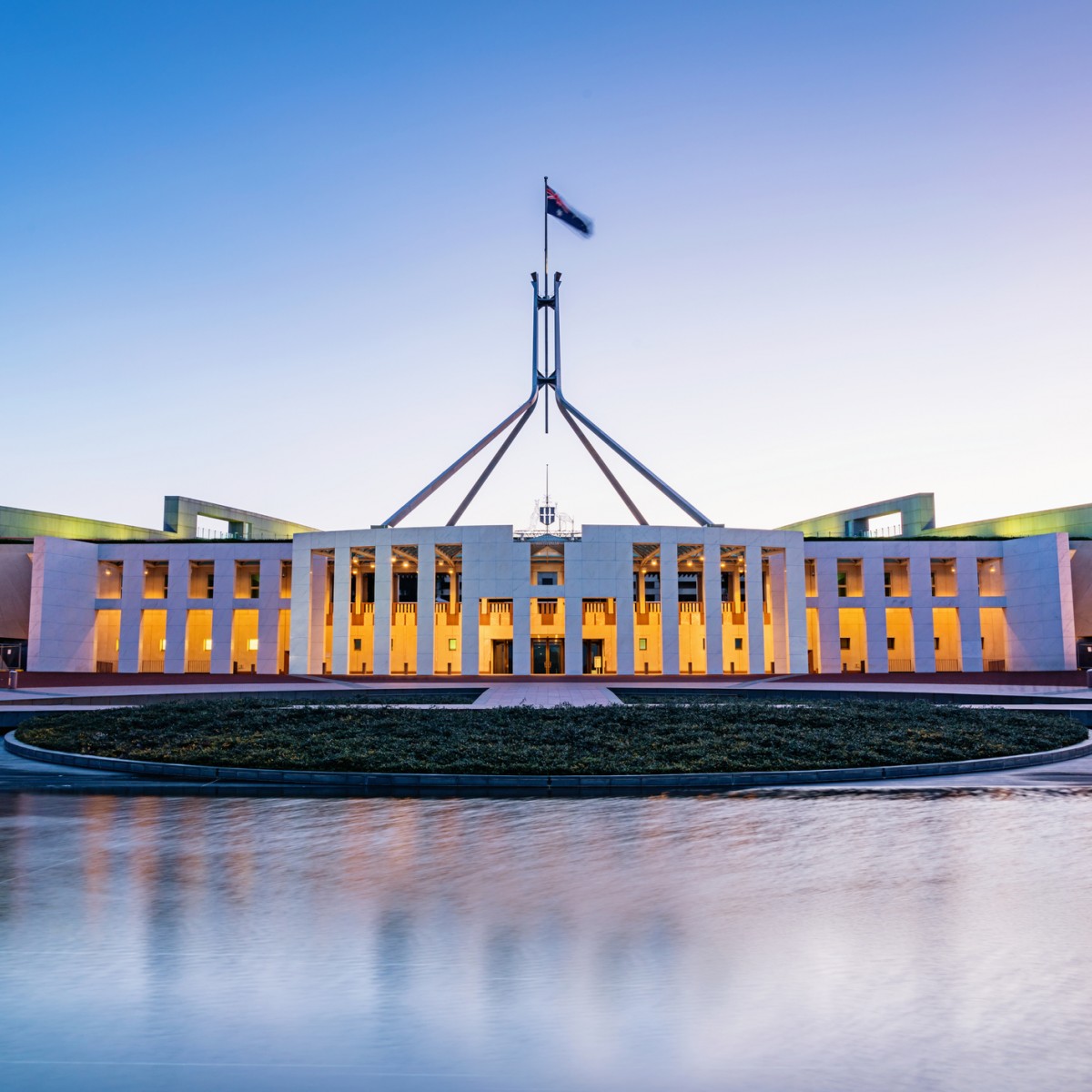
Meg Heffron
Managing Director
On the superannuation front (and for SMSFs in particular), the 2019-20 Federal Budget was distinctly quiet.
There were positive changes to contribution rules which will help those looking to add to their superannuation beyond age 65.
Changes to the rules governing exempt current pension income will also go part of the way towards making it easier for superannuation funds providing pensions to comply with the tax rules.
And the Government took the opportunity to announce several other minor superannuation changes that are broadly sensible.
These low key superannuation changes are perhaps not surprising.
This Budget is an election platform for the Coalition and as a general rule, immediate cash payments or tax cuts are better vote winners than changes to the superannuation system.
In that vein it is not surprising that personal tax relief received careful attention and was emphasised by the Treasurer in his address. In the short term, the proposed personal income tax cuts will be introduced by increasing an existing tax offset. That allows it to be introduced as early as 1 July 2019 when individuals start lodging their 2018/19 tax returns. A tax offset is a way of reducing an individual’s tax bill at the time they lodge their return. It can be very specifically targeted to people at particular income levels (in this case, people earning between $18,200 and $126,000). In contrast, simply changing the personal income tax rates for income between $18,200 and $126,000 would benefit everyone earning more than $18,200, including those earning more than $126,000. A change in a tax offset that phases out completely at $126,000 only benefits those who earn less than $126,000.
Further changes to personal tax arrangements are proposed for the future, including changes to tax thresholds and ultimately individual rates. If the Coalition is still in Government at the time, 2024/25 will see us with only three tax rates (19%, 30% and 45%). The middle rate of 30% would apply to income from $45,000 - $200,000 – capturing the vast majority of taxpayers (bear in mind that the minimum wage is currently around $37,000). Depending on your perspective, this is either an incentive for effort or a virtual dismantling of the progressive taxation system.
The Government intends to try and legislate this in the coming week – ie before calling an election.
There was a lot of money splashed around on regulators and generally “doing the right thing” – the ATO, ASIC, APRA, a “reviewer of the regulators” (Financial Regulator Oversight Authority) – as well as funding for the Government’s response to the Hayne Royal Commission.
It may be many years before we see the true fallout on the industry from the Royal Commission.
Perhaps in recognition that the Government needs to be managed to do the right thing as much as anyone else, there is a small investment (met from existing Treasury resources) into the feasibility of establishing a Superannuation Consumer Advocate. The Advocate would provide input on behalf of consumers in policy discussions and would also help consumers navigate the superannuation system.
What didn’t make it into the Federal Budget is often every bit as interesting as what did. In this Budget, for example:
- we saw changes that align important superannuation contribution ages with the age pension age (67) but no change to the age at which individuals can access their superannuation (this remains 65 at the latest). We certainly expect this to increase to 67 at some point and this Budget might have been the perfect time;
- we have become accustomed to seeing contribution caps fall but none were changed this time around;
- perhaps not surprisingly there were no changes to Limited Recourse Borrowing Arrangements for SMSFs (this won’t stop someone calling for yet another review though); and
- sadly, there were no changes announced for legacy pensions (such as lifetime or life expectancy pensions). Whilst these were briefly popular in SMSFs and from a limited number of annuity providers many years ago, they now often represent a major headache for the few thousand individuals who still have them. The superannuation industry has begged Government, Treasury and the Australian Tax Office to find a solution here for many years and has proposed many and varied options. It would seem that yet again, this has fallen on deaf ears.
All in all, a relatively quiet Budget for most people and most importantly, most of it is highly unlikely to see the light of day unless the Coalition is re-elected.
This article is for general information only. It does not constitute financial product advice and has been prepared without taking into account any individual’s personal objectives, situation or needs. It is not intended to be a complete summary of the issues and should not be relied upon without seeking advice specific to your circumstances.





